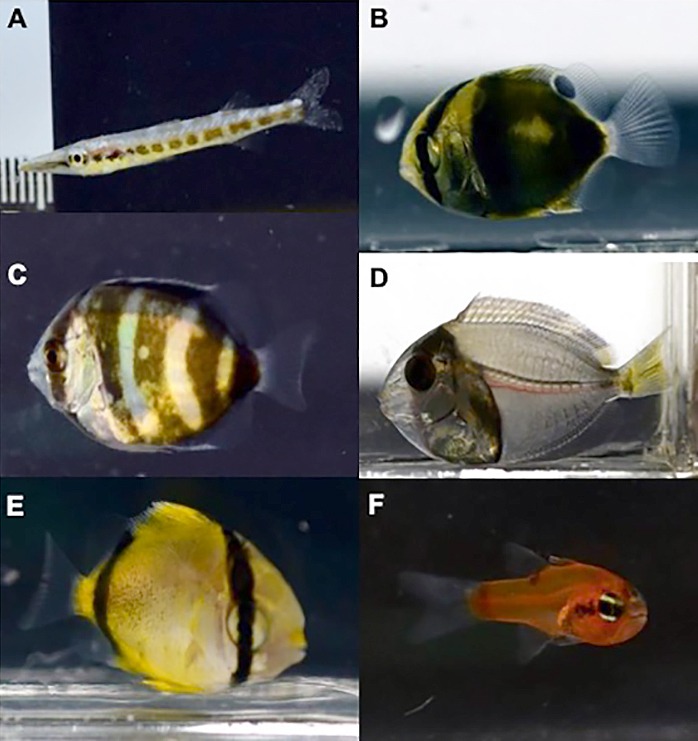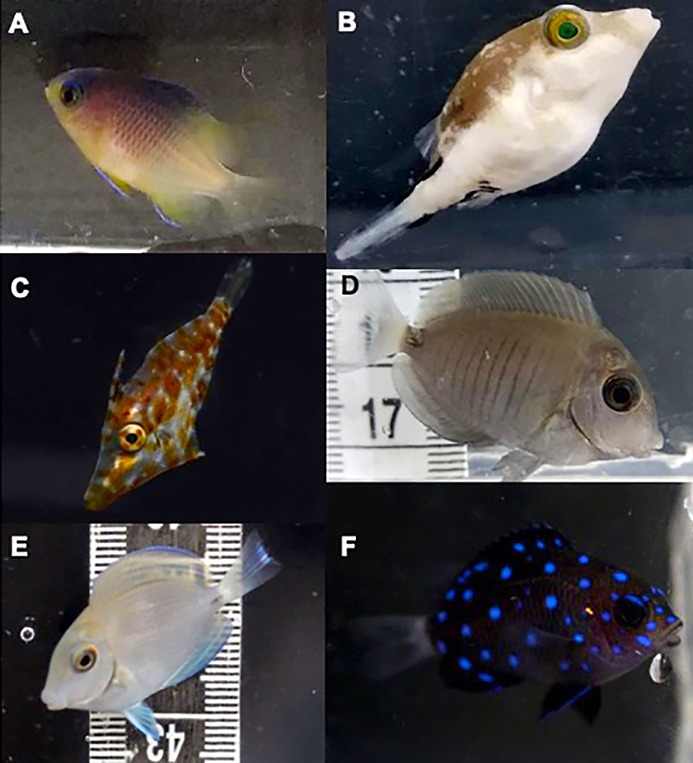Mérida, Yucatán, (December 14, 2021).- To recover the populations of reef fish, specialists from the Yucatan Peninsula will capture larvae of various species to be raised in aquariums, and later they would be released in specific areas of the Mexican Caribbean Sea.
The scientist from the Mérida Unit of the Center for Research and Advanced Studies (Cinvestav), Jesús Ernesto Arias González, highlighted the importance of supporting the restoration of coral reefs, whose greatest damage is due to anthropogenic causes.
Between 2009 and 2018, around 14 percent of coral reefs died, and in recent years the presence of algae, an indicator of the degradation of these ecosystems, increased 20 percent, according to the recent report by the Global Monitoring Network of the Coral Reefs.
In order to diversify coral reef restoration strategies, a research group from Cinvestav – Mérida, headed by Arias González, evaluated an approach to recovering reef fish populations in the Mexican Caribbean, which is based on the capture of postlarvae of various species, their cultivation in aquariums until their transformation into juveniles and their release at specific sites.
It should be noted that the study reports for the first time the analysis of this methodology as a potential tool for the recovery of reef biodiversity in the region.

“In the Caribbean, restoration has focused on corals, but work carried out in other areas has shown that reef fish can be key to conserving biodiversity and the functions of the ecosystem in question,” explained Camilo Cortés Useche, who participated in research during his post-doctorate at Cinvestav, Mérida Unit.
This is the case of herbivorous fish that can control the amount of macroalgae present on the reef and thereby avoid damage to corals, caused by the decrease in light and oxygen, he stressed.
In addition, the reefs Manchoncitos (in the Riviera Maya) and La Francesita (Cozumel) were identified as potential release sites for cultured juveniles, based on monitoring the habitat conditions and the species of corals and fish present, which is vital in implementing the proposed approach and in determining whether the species to be released could weaken or boost restoration efforts, said Cortés Useche.

Regarding the release phase, the researchers carried out a pilot experiment in an artificial structure that simulates a reef, for which they focused on S. partitus, the most abundant species in the collections and whose behavior allows it to be monitored, since it does not migrates within its habitat.
He indicated that the test included postlarvae collected and cultured for 32 days, as well as juveniles collected and released one day after capture, in order to compare the survival of both groups.
He reported that the research was part of a project for Attention to National Problems, which was funded by the National Council for Science and Technology (Conacyt).
The Cinvestav – Mérida Coral Reef Ecosystems Ecology Laboratory participated in the project and had support in the provision of aquariums, field work and facilities of the Xcaret Eco-archaeological Park, as well as the participation of the Wave of Change movement, Grupo Iberostar, the National Commission for Protected Natural Areas (Conap) and the Ministry of the Environment and Natural Resources (Semarnat).
TYT Newsroom


